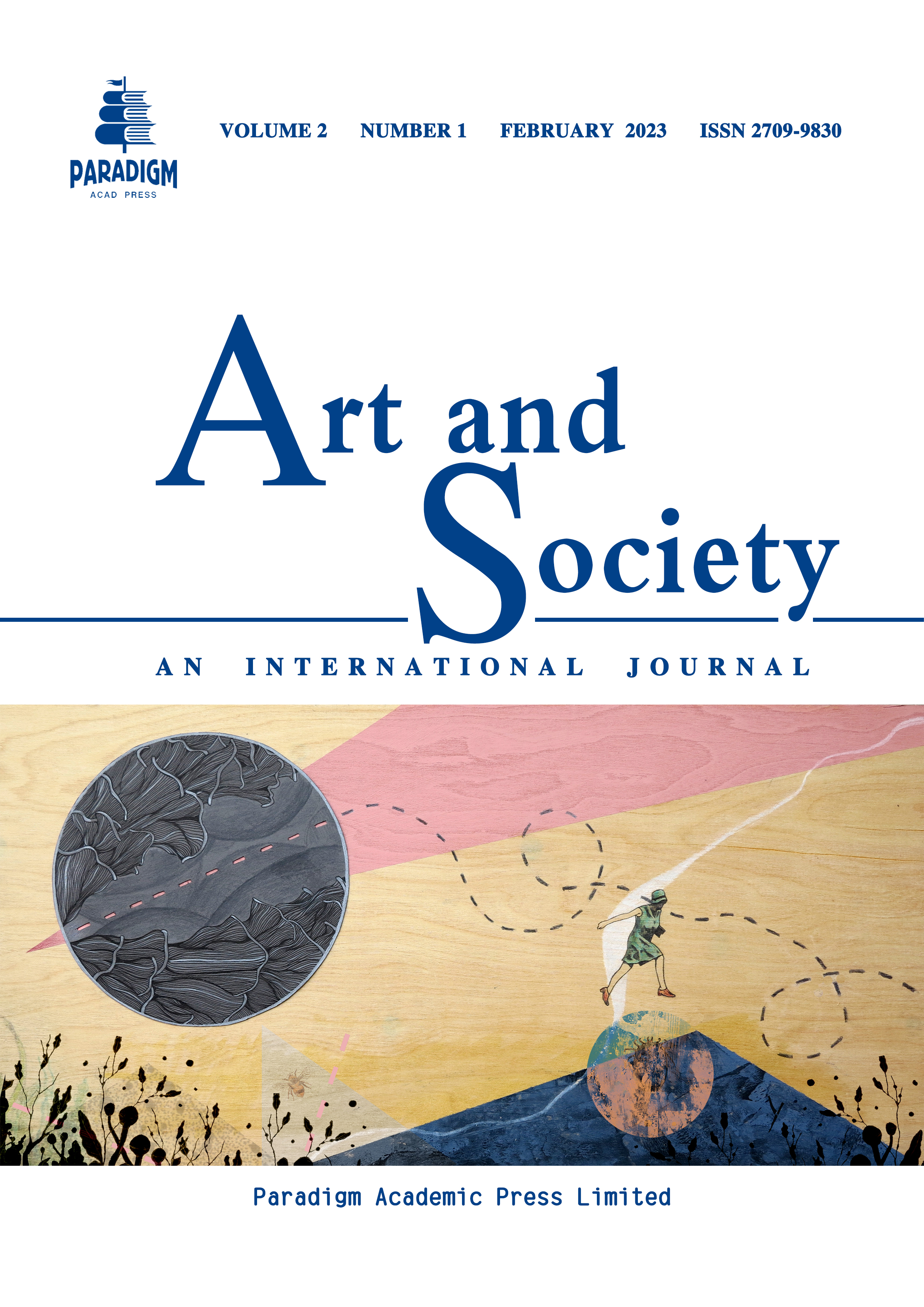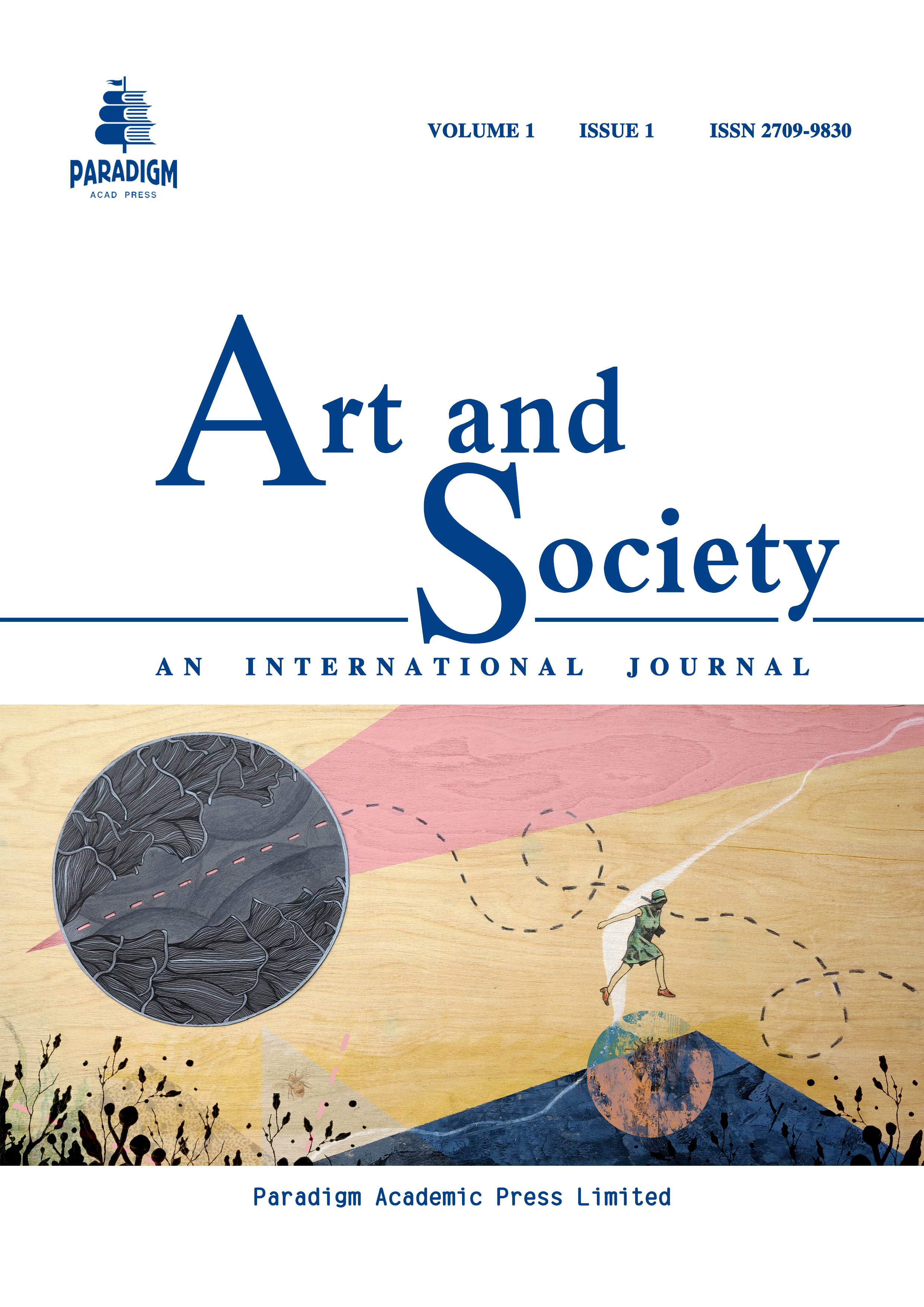Reinterpreting Asiatic Representation in the Pictorial Space of Whistler’s Purple and Rose: The Lange Leizen of the Six Marks
Keywords:
Orientalism, Japonisme, Aesthetic Revolution, Asian art, genderAbstract
The presence of East Asian decorative art and objects were prevalent during the 19th and 20th century, and these exquisitely refined objects inspired many artists to include them in their paintings. Among the artists who sought them for aesthetic innovation and perfection through East Asian art during the Aesthetic Movement, James Abbot McNeill Whistler was one who felt the most influence of East Asian art, and most successfully demonstrated and incorporated them into his own paintings. The oil painting Purple and Rose: The Lange Leizen of the Six Marks is a representational piece that displays Whistler’s taste and understanding towards East Asian art, through which the artist reveled in the joy of portraying pure aesthetic beauty, showing his enthusiasm for Oriental art. This paper approaches through a visual analysis of Whistler’s painting, The Lange Leizen of the Six Marks, to explicate the entanglements of Japonisme elements and blue and white porcelains, as well as the fantasized image of East Asia and China and the commonly stereotyped femininity associated with these objects.



